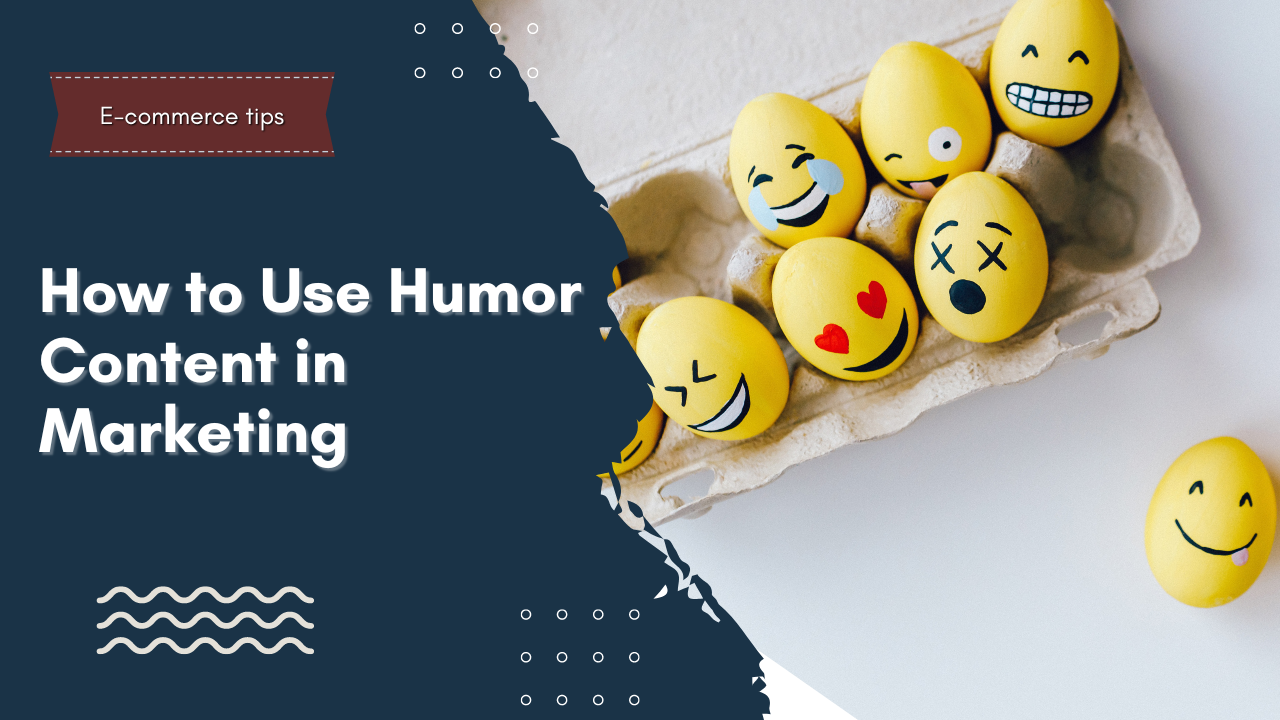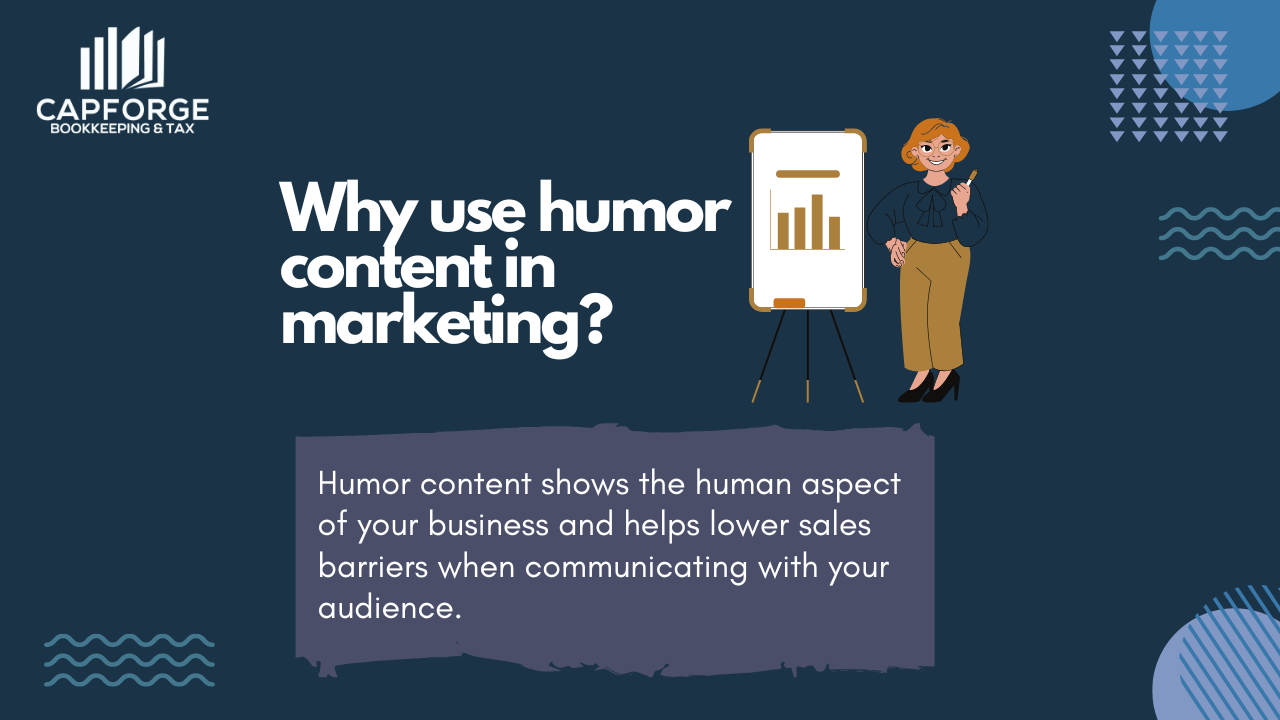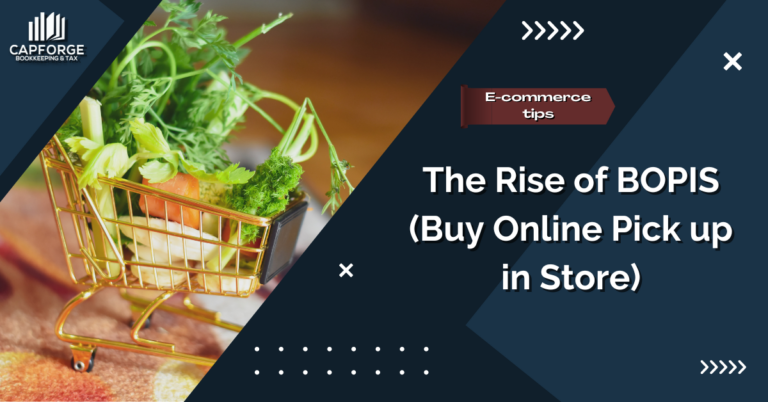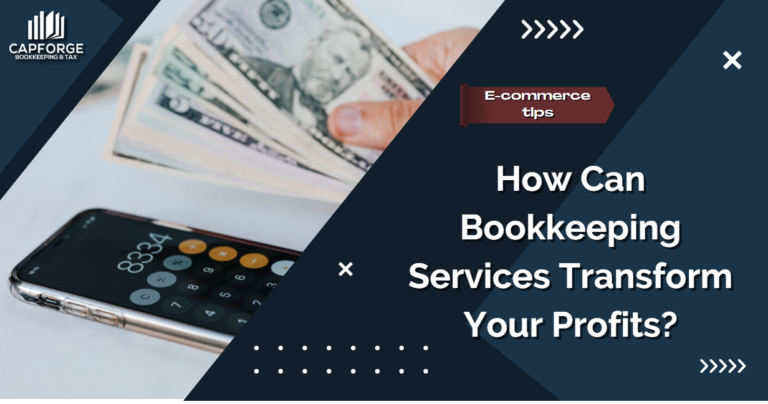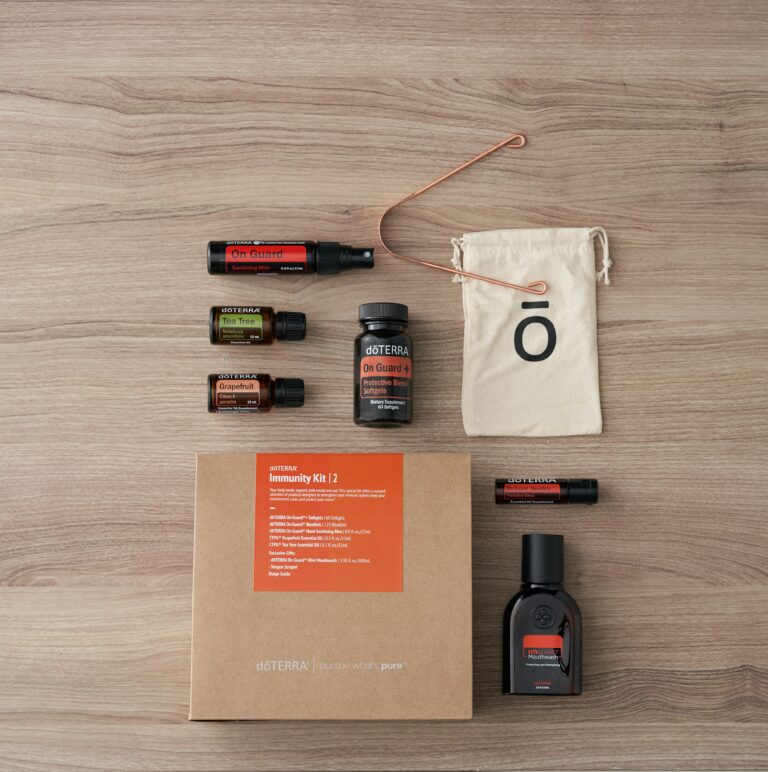How to Use Humor Content in Marketing
If people have one thing in common, it’s most certainly smiling. That’s why plenty of brands nowadays use humor content to tap into their customers’ interests. Whether a witty joke or a well-executed skit, putting a smile on others’ faces will surely help you stand out from the crowd.
But going down the humor route can be quite tricky, as many writers know. One person’s “funny” may be another person’s “lame,” which can prove challenging for brands to figure out. People have different tastes in comedy, so you need a strategic approach when creating humor content.
This article will discuss how you can use humor content in marketing to lift your customers’ spirits and leave a positive impression on your brand.
Why should you consider humor content?
Humor-laden content is everywhere nowadays. From Super Bowl commercials to social media posts, brands are becoming more creative in tickling their audience’s funny bones. But why do businesses care about humor content in the first place?
It all comes down to customer experience. A recent report from Oracle shows that 88% of customers want their favorite brands to make them smile and laugh, which indicates that people are more likely to remember advertisements that incorporate humor than those that don’t. Laughter triggers an emotional response that makes it easier for brands to connect with their target audience.
Couple that with well-written content, and your ads will generate more attention than those who take a white-collar approach to business. Regardless of whether your audience belongs in the Gen Z or Gen X era, it’s clear that everyone wants to have a good time, and humor content is the happy pill that your customers want.
Humor also elevates your marketing materials and makes them stand out in more ways than one, like:
- Make your content look unique in the eyes of your customers.
- Increase sharability throughout your posts due to laughter’s infectious nature.
- Overcome sales resistance by switching your marketing tactics.
- Generate higher recall, as people remember humor content more than plain content.
- Boost your brand’s relatability, as it shows the human side of your business.
While consumer preferences continue to shift, at the end of the day, it’s about making your customers smile that will generate more sales numbers.
What are the different types of humor content?
You can incorporate humor content in many different ways. Let’s take a look at a couple of examples to see which one best fits your brand:
1. Topical humor
Topical humor refers to comedic content that revolves around current events. Brands love topical jokes because it focuses on popular affairs, which can go a long way towards engagement. You’ll often see topical humor on social media posts and hashtags for maximum visibility.
You need to be updated on the latest happenings for topical humor to work, or else your audience might find your posts dated and might not understand the context of your jokes. Remember that this type of humor has an expiration date, so you may want to avoid using it in your articles and blog posts.
2. Irony
People often confuse irony with sarcasm because they often sound the same. But the main difference between the two is that the former creates humor out of situations while the latter has a more condescending tone aimed at criticism. Here’s an example:
Irony – Telling a rude customer to “have a nice day.”
Sarcasm – Telling a lazy customer service agent, “thank you sooooo much for your help.”
There are situations where one is more favorable to use than the other. For example, you can use situational irony to portray your brand as a hero when a competitor accidentally stumbles on their behalf.
Or, you can use sarcastic headlines to generate interest in a particular topic. A good example is “Why Black Hat Marketing is a Great Idea! (No, It’s Not). Like topical humor, irony and sarcasm are best reserved for social media posts as they’re only good for generating clicks and not evergreen content.
3. Hyperbolic humor
Hyperbolic humor focuses on exaggerating a particular topic or situation for comedic effect. Brands in the food industry love hyperbolic humor to advertise their burgers are bigger and better than ever. A great example would be, “It’s so big, it fits in a dinner plate!” Notice the exaggeration to hook customers to believe their burgers come in massive proportions.
The great thing about hyperbolic humor is that you can get fun and creative with it. You can use it on your landing pages, blog posts, and social media posts. The more hyperbole you create, the more interest you can generate.
How can you use humor content in marketing?
Now let’s talk about how you can use humor content to get people interested in what your brand has to offer. Follow these three steps to ensure you nail the content delivery throughout your buyer’s journey.
Step 1: Top of the funnel: Comedic phrases
The top of the sales funnel is the perfect place to deliver humor content, as buyers in this stage are familiarizing themselves with your brand. If you can deliver a well-placed joke that captures their attention, there’s a good chance you can guide them further down the funnel.
When introducing humor content, you want to ensure your audience understands what you’re trying to sell them. Throw jokes that only your audience can interpret, and run away with it.
For example, if you sell beard growth oils, you can create an eye-catching headline on your landing page that says, “Baby beard looks good! Says no one, EVER.”
Be specific with your jokes to drum up interest and follow that with a strong call to action. That way, your audience can proceed to the next stage of the sales funnel.
Step 2: Middle of the funnel: Humor-laden value
The middle of the funnel is the part where you keep your audience engaged as much as possible. Here, humor content is no longer the focal point of your writing, but a sprinkle of comedy is much appreciated. The goal is for your audience to grasp the value of your brand’s offerings while keeping them engaged with humor-laden content.
Begin by stating your product’s usefulness and incorporating jokes into bits and pieces. Visuals like images and videos are perfect for displaying subtle humor without steering the attention away from what you’re trying to sell. One example is using funny images to demonstrate the effectiveness of your product.
Step 3: Bottom of the funnel: Strong follow through
At the bottom of the funnel is where the customer feels ready to make a purchase. How do you ensure they follow through with their intent? The answer is to keep it consistent. You’ve thrown your best jokes out there and managed to keep your customers hooked to this point, so there’s no need for additional humor to follow.
But that doesn’t mean you should maintain a white-collar approach. Keep things lighthearted, as switching tones may create a wrong impression when the customer is on the checkout page. After the transaction is complete, the process repeats itself. Hook customers with a clever headline, keep them entertained with subtle humor and close the purchase with a lighthearted tone.
Is humor content the new trend?
The world has gone through stressful times in the past few years, hence the consumer’s desire for humor content. While humor content isn’t new, it’s becoming increasingly popular and has proven effective at generating brand interest. When used correctly, adding a sprinkle of humor into your content and marketing materials will help you attract more eyes to your business.
Managing the financial health of your business is crucial to maintaining profitability. If you need any help with expert bookkeeping services, feel free to fill out the form below, and our team will contact you shortly.

